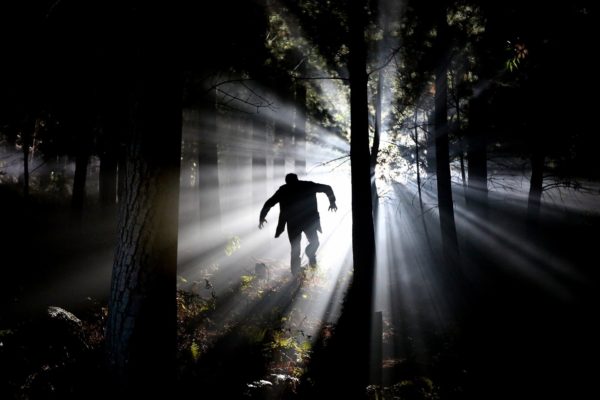“Lighting is to film what music is to opera”
– C.B. Demille [Brown 1996]
Lighting is commonly used in the film shooting industry. Through the application of lighting technology, the visual effects of film can be improved, and the recognition of audiences can be improved.
Section(Ⅰ):
https://www.ledsfilm.com/analysis-of-lighting-in-film-shooting-industry%E2%85%A0/
Table of Contents
2. Cognition of movie theory
In the 1990s, the cognition of film theory gradually developed to analyze the influence of film on the audience’s emotional response. Light is very closely related to
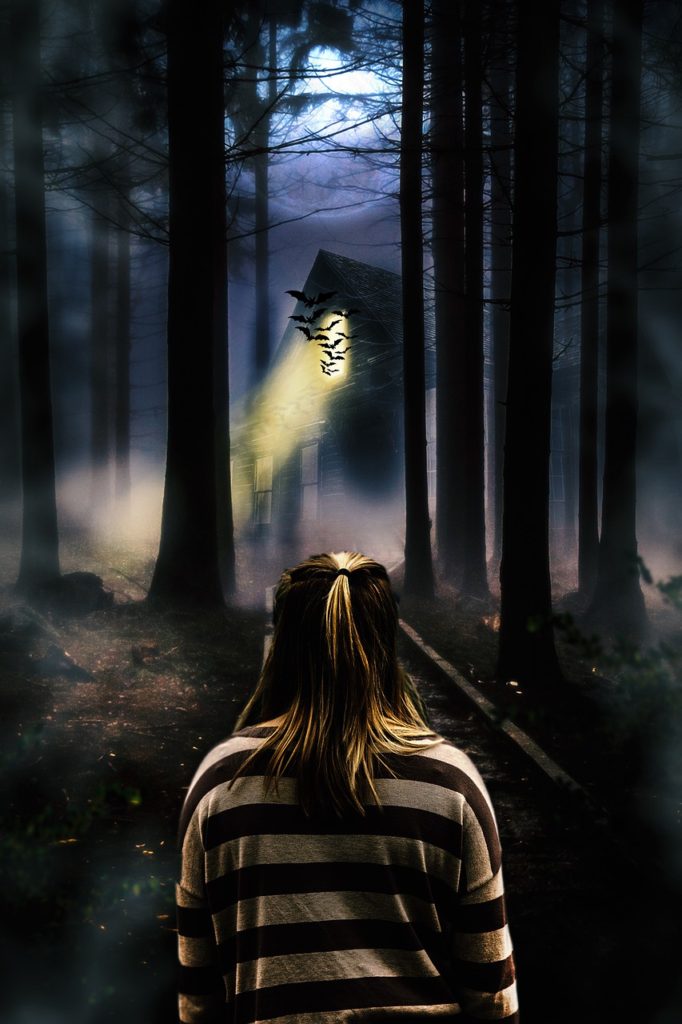
our perception abilities, so the lighting of objects, people, events or scenes is especially important in certain situations. The audience has their own life experience,through these experiences, they will naturally associate the tone or emotion with the perceived light. If directors can use the emotional memory of the audience to reproduce the visual images which are familiar to the audience, it can enhance the transmission of information to the audience and the overall viewing experience.
Some cognitive theorists also put forward, “In addition to paying attention to human nature, the observation of human behavior also requires observing its living environment. The mental abilities that people have formed during the evolutionary process have their own different boundaries. Perceiving other people’s intentions ( The sixth sense) has always been the key to human survival. Shadow and danger, brightness and enjoyment or safety, the “correct” lighting is linked to human activities, which is in line with the mechanism of human evolution, survival and development, and is full of rationality. If directors can make good use of this original visual interpretation mechanism, they can enhance the audience’s emotional response, further emphasize narrative interpretation, and maximize the audience’s participation during the viewing period. John E Flynn is one of the first batch people to study the impact of lighting on the audience’s perception. He firmly believes that: “Lighting is a tool for changing visual effects and conveying information in the field of filming. The interaction between lighting and audience is important which will make a certain impact on their cognitive behavior and satisfaction.”
3. Architectural lighting&film lighting
3.1 The history and development of architectural lighting and movie lighting
The theory in the field of architectural lighting is closest to film lighting. They have very close histories, have many similar expressions in the vocabulary described, and have similarities in the theoretical applications of human psychology.
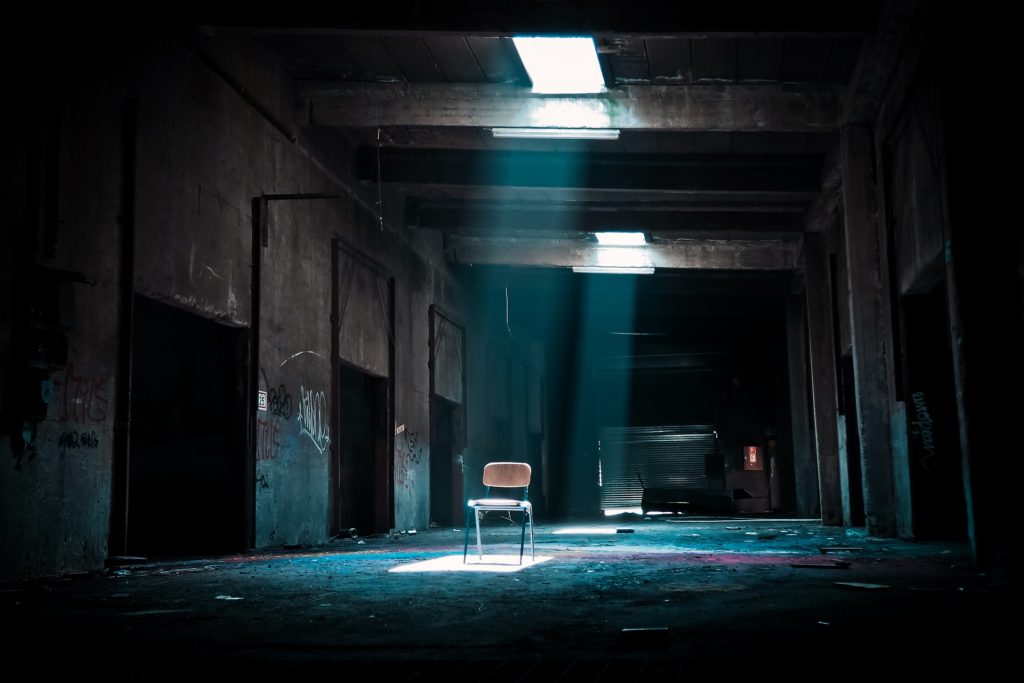
The original light sources of architectural lighting and film lighting are fire and the sun. When the early architects constantly adjusted the architectural design, they would consider the relationship between natural sunlight and the entire room, and use sunlight to adjust the brightness of the interior. For example, Thomas Edison’s first studio-Black Maria, used A retractable roof ceiling to get sunlight. Although both are artificial lighting, they have different illuminating capabilities for the space. With the development of technology, many different types of lamps such as oil lamps, gas lighting lamps, and electric lighting lamps have been invented one after another, and they have different color temperatures and brightness.
The common source of architectural lighting and film lighting are theater performances, but in order to express different artistic styles, different artistic designs have been added to their respective developments. For example, stage lighting involves the field of architectural lighting as well as the field of film lighting. Architectural lighting mainly focuses on the light rendering of real structures, and the intent of movie lighting goes further than architectural lighting– it strives to create imagination for the audience. Although stage lighting is just an example of an extension of the architectural lighting field, it involves lighting methods for different lighting effects and the tools needed to create these specific effects. Both of these factors can be extended to architectural lighting. But what’s interesting is that although there are many symbiotic relationships between film lighting and theater lighting, theaters are more like being forced to adapt to a lighting installation and lighting technology, because in the past, theater actors rely more on service and painting. The narrative style is focused on to resonate with the audience.
3.2 Architectural lighting, film lighting and perception psychology
Architectural lighting and film lighting also make use of knowledge in perceptual psychology when making people feel the space. Designers cleverly use people’s subtle psychological cues to illuminate buildings or rooms. They think about psychological reactions and how people react when they are affected by lighting. such as:
People think that the direction at the intersection of horizontal and vertical rays is the correct direction.
People will habitually take the brightest way, because the brighter the place is usually safer.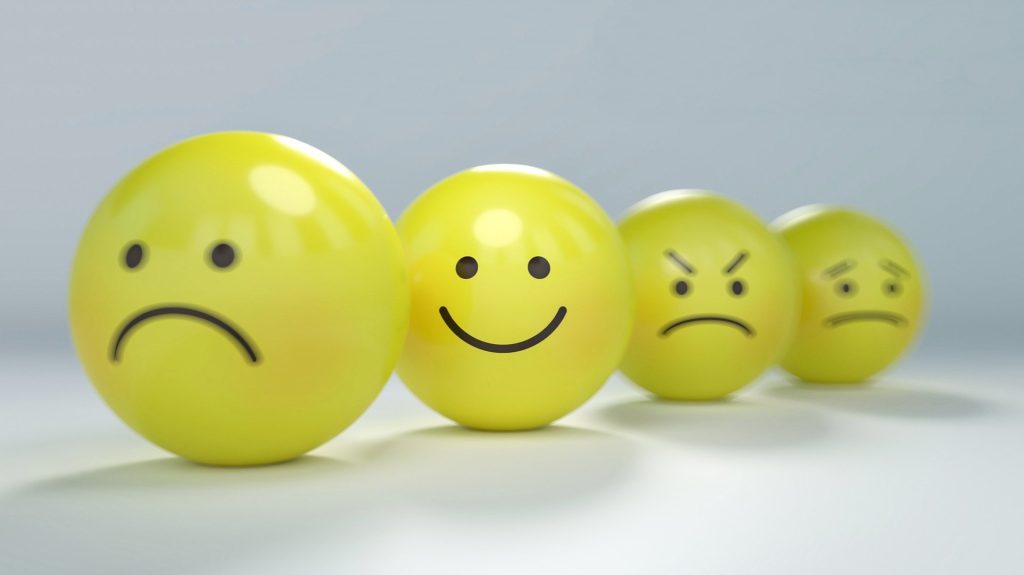
The bright place can grab attention.
The brightness of the lighting will affect the position of the object in the eyes of the audience.
In order to influence the audience’s mood and behavior, and to cater to the audience’s perception of space, lighting designers use different lighting methods to focus the audience’s attention on different places, such as changing the amount of shadow cast by light to create different shapes and range of perception, thereby creating changes in characters or plots. Each scene in the film is a new architectural space. When the space is illuminated visually, the audience’s reactions, emotions and behaviors are also affected.
To be continued…
Section(Ⅲ): https://www.ledsfilm.com/analysis-of-lighting-in-film-shooting-industryⅢ/
Product you might like:
Circular LED Studio Soft Lights
With its characteristic semi-circular light panel, it delivers 780° uniform lighting for any outdoor and indoor shooting scenes. We offer high power LED continuous f ilming lights (from lOOW to 600W) for different lux level requirement. The built-in dimming switch allows the photographer to do the fine adjustment on brightness. The outer shell is made of quality aluminum alloy, and thus it is sturdy yet light-weight. The strength of the lamp body is increased by 30% when comparing to the earlier models. The lighting efficiency is also upgraded by 75%, which means we can replace 6000W tungsten filming lights by our 600W LED.
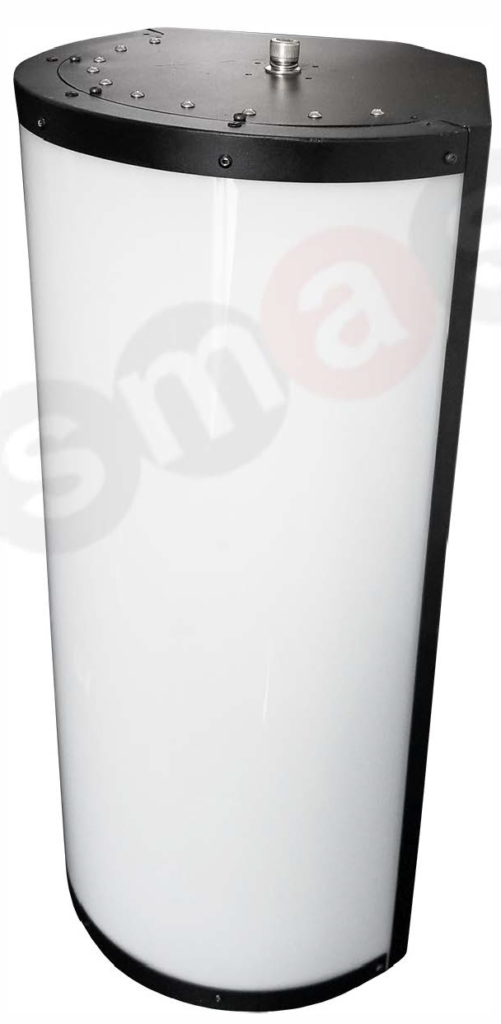
Brand New Design: The light bars are arranged in a 180° arc, which gives uniform illumination across the spacious studio
95 CRI: Our continuous studio soft light has remarkable CRI of 95 for true color experience
Flicker-free: The premium optics suppress the flickering rate to <0.3%, which supports 6,000 Hz, high-speed photography
Extra Light Weight for Better Portability: The lamp body is made of light-weight yet durable metal alloy. The weight is as low as 4 kg
Cool Light Source: The LED lights does not generate much heat because it turns over 90% energy to light energy, unlike the tungsten or HMI lighting that heat up your studio
80% Energy Saving and 80000 hours Long Lifespan: LED is the best studio lighting among tungsten, HMI and fluorescent because of its high energy efficiency and durability. For instance, the lOOW LED produces the same brightness of 800-lOOOW tungsten lights. It is because around 90% energy is wasted as heat loss for tungsten. Besides, LED can resist mild impact because of its solid-state structure, which is an essential feature of portable video lighting Another benef it is that LED has much longer life span than the above traditional lamps. LED has 8 to 10 times higher service life than the conventional equipment.
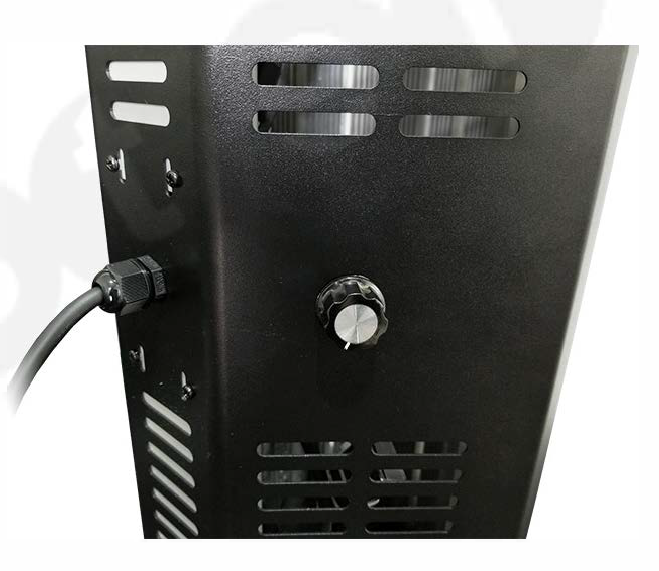
10-100% Dimmable: The built-in dimming function is particularly useful when your scenes require different brightness levels. By using the brightness adjustment knob, you can adjust the lumen output from 10 to 100% full brightness. Hence, you need to carry just one single light for film or video shooting.
Easy refurbishment – Reuse All the Parts in the Future: Modular design allows you to reuse the parts of the lights. For instance, the power supply, battery, LED chips can be removed and substitute to our other products.
